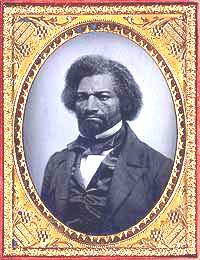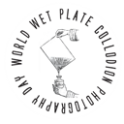Image © Mark Klett
The ambrotype (1851-1890s) is a thin negative image on glass made to appear as a positive by showing it against a black background. The reverse of the glass plate was either painted black or backed with a black material.
The ambrotype process (photograph) or amphitype is a photographic process that creates a positive photographic image on a sheet of glass using the wet plate collodion process. It was patented in 1854 by James Ambrose Cutting of Boston, USA. The wet plate collodion process was invented just a few years before that by Frederick Scott Archer, but Cutting used it as a positive, instead of a negative.
In Great Britain it was called collodion positive: one side of a very clean glass plate is covered with a thin layer of collodion, then dipped in a silver nitrate solution. The plate is exposed to the subject while still wet. (Exposure times vary from five to sixty seconds or more depending on the amount of available light.) The plate is then developed and fixed. The resulting negative, when viewed by reflected light against a black background, appears to be a positive image: the clear areas look black, and the exposed, opaque areas appear light. This effect is achieved by coating one side of the glass negative with black varnish. Either the emulsion side or the blank side can be covered with the varnish: when the blank side is blackened, the thickness of the glass adds a sense of depth to the image. In either case, another plate of glass is put over the fragile emulsion side to protect it, and the whole is mounted in a metal frame and kept in a protective case. In some instances the protective glass was cemented directly to the emulsion, generally with a balsam resin. This protected the image well but tended to make it darker.
The ambrotype was much less expensive to produce than the daguerreotype, and it lacked the daguerreotype's shiny metallic surface, which some found unappealing. By the late 1850s, the ambrotype photograph was overtaking the daguerreotype in popularity; by the mid-1860s, the ambrotype itself was supplanted by the tintype and other processes.
* this domain for sale * also ~ tintype.uk
contact ~ a at ambrotype.uk
Copyright
© 2024
Teddybuoy
LLP


